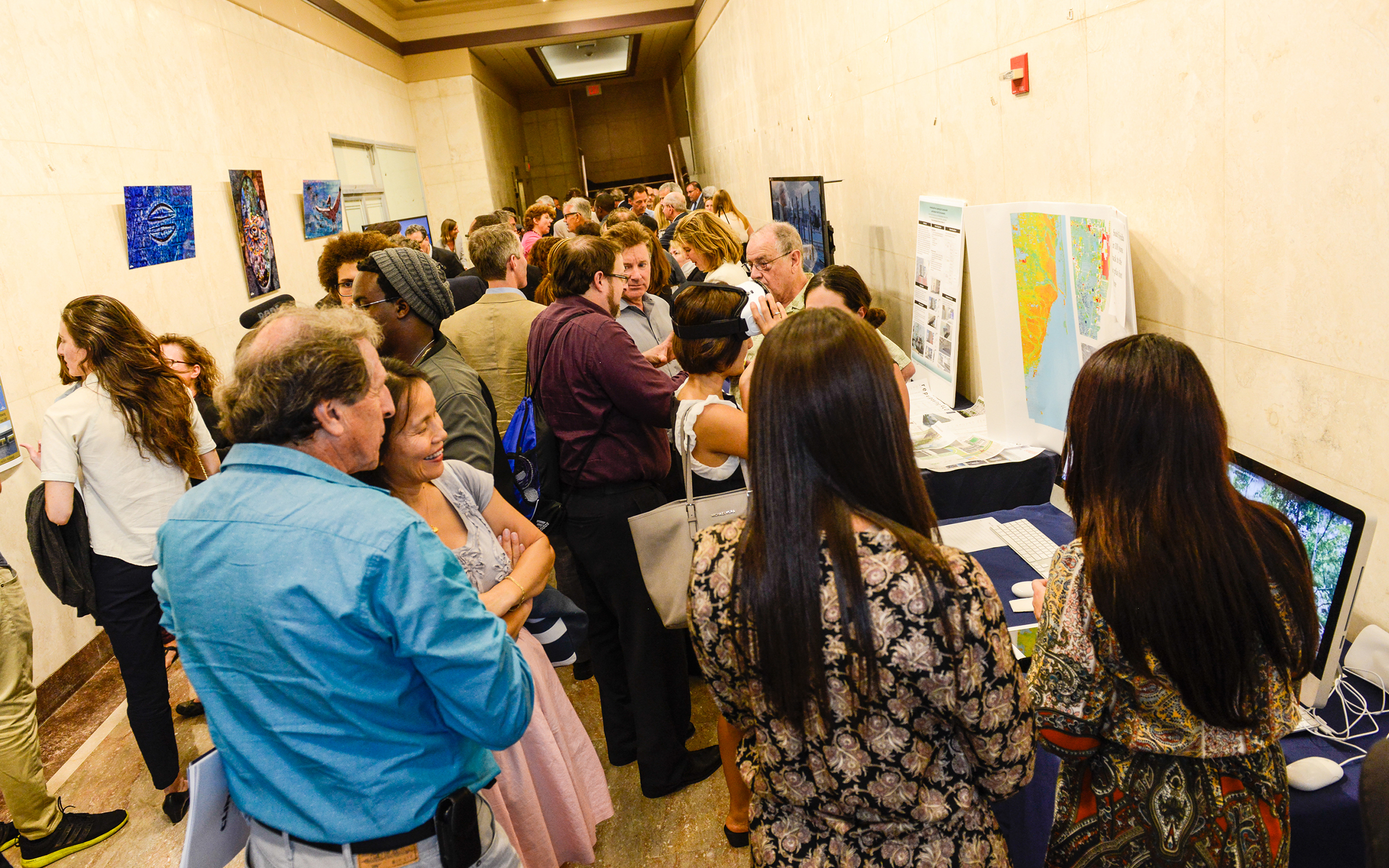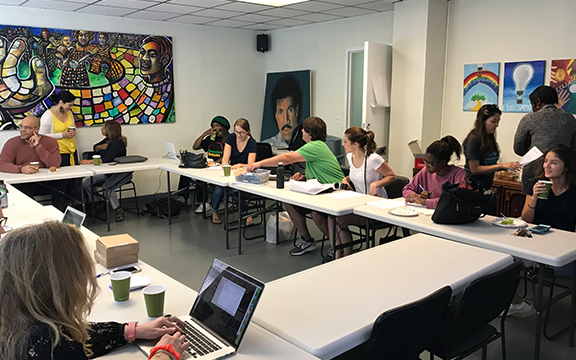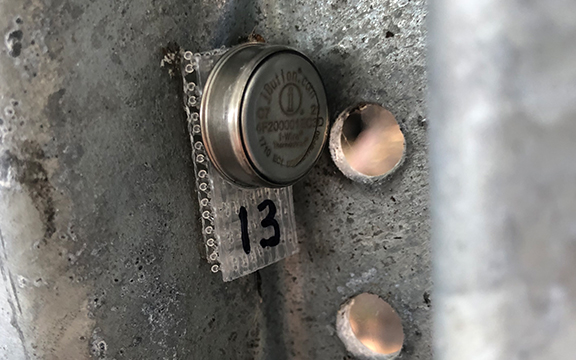The Miami-Dade Environmental Education Grant was awarded to the Sea Level Solutions Center (SLSC) in the FIU Institute of Environment, a university preeminent program.
The grant supports an accelerated education initiative to inform Miami-Dade residents and businesses about our fragile environment and promote stewardship to help them safeguard their environment and quality of life, in the face of pressures of population increase and climate change impacts such as sea-level rise. We emphasize on working directly with communities, linking top scientists, educators, students, and municipal leaders, to find and implement solutions-oriented opportunities. We have included stipends for “neighborhood ambassadors” to extend our reach into the residential and business community even further and have engaged the Global Learning for Global Citizenship program at FIU to maximize new outlets for reaching students. Our trainings approach science and technology into experiential fun activities that provide the tools and skills needed to adapt and persevere through the challenges of climate change in our region.

Our identified priority activities focus on 1) water pollution, water conservation and drinking water quality; 2) urban forestry; 3) solid waste management; and 4) general environment. The resources and data reported from activities supported by this grant will be available on the Miami Environmental Science Action Network (MESAN) website. Participants can get involved by recording their activities in the MESAN Monitoring App.
One example of our priority activities worth highlighting is the community integration through citizen science during our annual Sea Level Solutions Day event. This education initiative provides community members the opportunity to collect flood data with citizen-science kits that we provide. Citizen scientists then upload observations through a phone application, as they interact with experts, students, public officers, and other people in their community and learn about the impacts of sea level rise in the region.
This project is funded by Miami-Dade County.
Related Projects
Browse below for more information about projects related to this grant:
Events
Browse our related Miami-Dade County environmental education events page to learn more about the grant's events or to see the recordings from these events.

